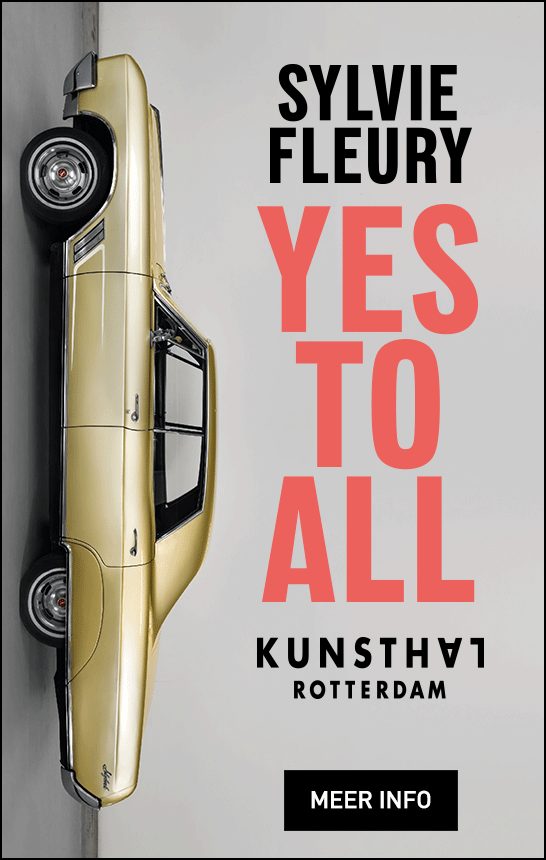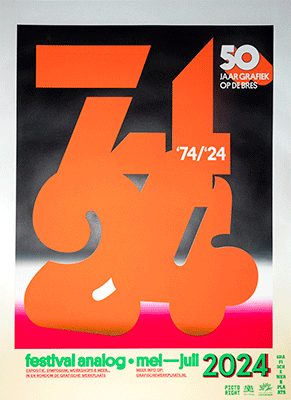Fenceless
In 2006, on the invitation of the fine arts lectureship at the AKV|St.Joost art academy and the Hermes business network in Den Bosch, Jeff Wall gave a lecture entitled, ‘Depiction, Object, Event’, in which he discussed the current state of affairs in contemporary art. Wall stated that ‘There are now no binding technical or formal criteria or even physical characteristics that could exclude this or that object or process from consideration as art.’ This is something that most creators, students and viewers will recognize. From the perspective of art education, how does one handle this situation? Personally, I see two diverse responses, two paths that seem to be diverging farther and farther apart.
On the one hand, there is a reaction based on fear and aimed towards control, an attempt to establish binding criteria and guidelines in any way possible. As I see it, this is motivated by the broad-based societal call for a means of legitimizing art, the ever-recurring issue of its significance – for the town square, neighbourhood, city, student, citizen and ultimately society as a whole. In art education, especially since the 1999 Bologna Accord, this societal pressure has translated itself into a far-reaching rise in bureaucracy, rapidly expanding formatting and the obligation to justify things at every level. This ‘justification duty’ has more or less infected everything, from the ‘transparency’ and ‘commissioning’ in the new guidelines of the Mondriaan Fund to a kind of ‘rebus art’ that is popping up everywhere, in which ‘research’ results in ‘works’ whose 1+1=2 clarity leaves nothing to the imagination.
For as long as memory has served us, this attitude, aimed at control, has been based on what Theodor Adorno referred to as ‘bourgeois anxiety’. The fewer binding criteria there are (whether in society or in art), the greater the numbers of rules and regulations. In the case of art, this anxiety evolves from what is viewed as its intangibility, its subjective and arbitrary character and incomprehensible vagueness. The lack of criteria has declared art on this side of the spectrum to be outlawed – ‘Fenceless, don’t get us started!’ as a rap by Boef & de Gelogeerde Aap from the Dutch city of Tilburg would have it. In order to capture and contain it, everything is allowed.
On the other hand, I see how most students relate to this absence of binding criteria – young artists who no longer count on a place in the social arena, on understanding, on support, on anything whatsoever. They have returned to the kind of homelessness in society that always used to be the natural habitat of art, or to put it more positively, to an independence from social, societal and religious criteria. Outlawed and autonomous, fenceless and uncontained, they can establish their own rules and laws, both in and beyond art. This does not mean they stand outside society, as is so often claimed, but that they are the ones who form the necessary antidote to a world that is increasingly choking itself with the sludge of more and more rules and regulations, a world in which the air is slowly being squeezed out.
Which brings us back to the question of how we should be dealing with this in art education. This question was also put to Jeff Wall when he had finished his lecture. He replied that for young artists and students, it is probably no longer possible ‘to experience an intense conflict about the validity of criteria’. They find themselves, to use Peter Sloterdijk’s term, suspended in a kind of ‘foam’: even if, as a young artist, you want to engage in a battle, no matter where you kick or punch, there is no resistance. My claim is that art education must have the courage to identify this absence of criteria, this ‘foam’, as its point of departure. It is precisely from here that we can embark. In his lecture, Jeff Wall continued, and I heartily concur, that when criteria are lacking, ‘the necessity for art to exist by means of works of art is reasserted, not against the conceptual reduction, but in its wake and through making use of the new openness it has provided, the new “expanded field”.’ In other words, an art is needed in which, in the tradition of the avant-garde, with each new work, questions are asked about the work of art itself and its role in society – questions about its (material) appearance, language of form, texture, colour, composition, placement, concept and contextualization.
In contrast to the past, having worked its way loose from all binding criteria, art education will have to judge the relationships between the autonomous and the heterogeneous strengths and meanings of these works on an individual basis, one work at a time, on the one hand from the relationship between the material, formal aspects and the cultural, social conditions of art, and on the other hand from the perspective of history and the theories of the various artistic disciplines. Here, both students and instructors will have to continue to weigh and reassess the arguments.
Bas van den Hurk is a visual artist and lecturer at the MA Fine Art department of AKV|St.Joost, Breda/’s-Hertogenbosch.
Translated by Mari Shields






















